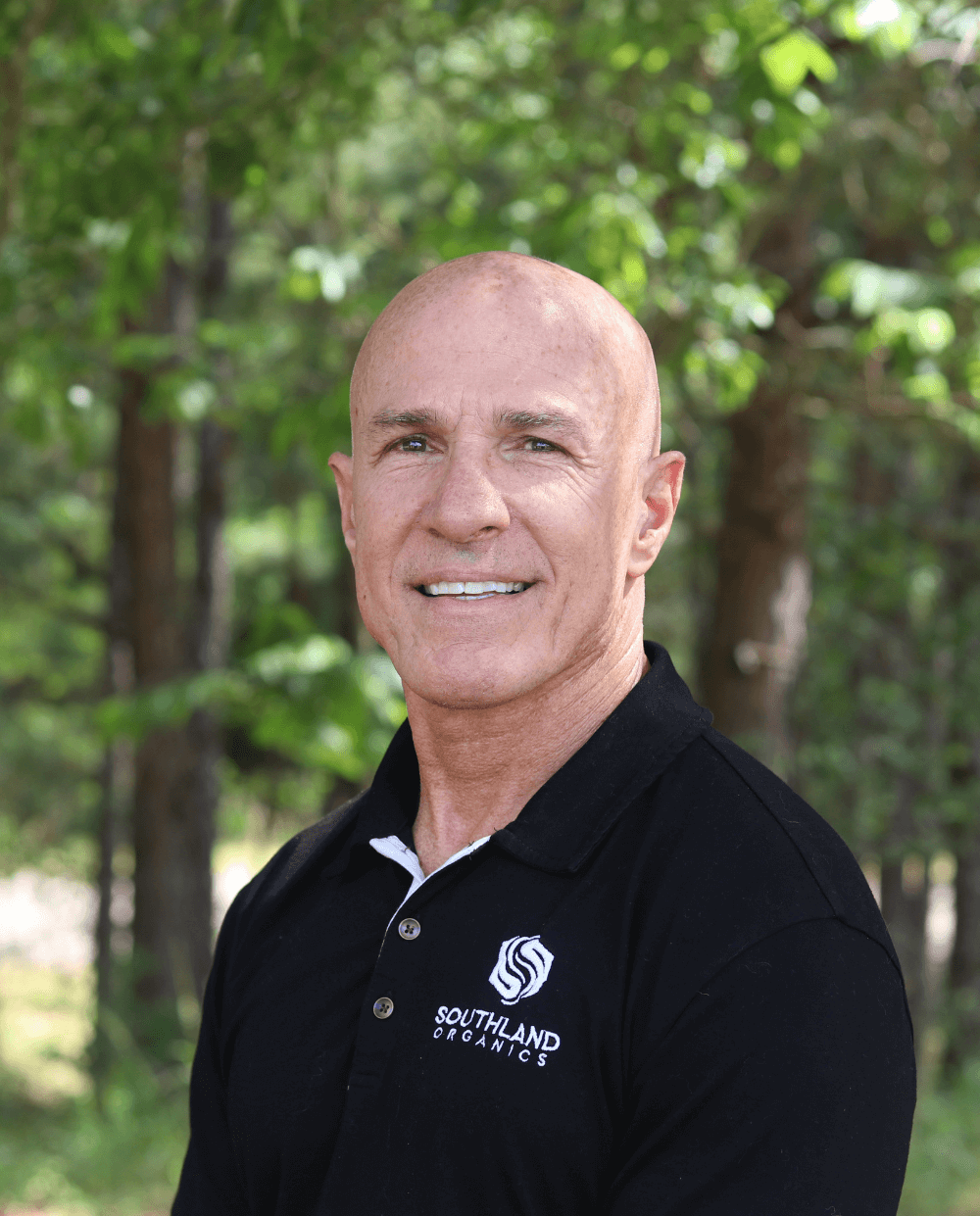Water, food and air—these are the three essentials for bird growth. While we all recognize that water is vital for life, water consumption itself can tell us a lot more about bird health and flock performance than we might think.
The Critical Role of Water in Early Growth
The first week of a chick’s life is its most rapid growth phase. During that time, a bird grows more than at any other stage of life—up to 400% in just seven days. In fact, within the first 24 hours alone, a chick can eat up to a third of its body weight.
But here’s the catch: a bird won’t eat if it can’t drink.
That means consistent and easy access to clean water is foundational to feed intake and overall growth. Without sufficient water, chicks simply can’t achieve their early growth potential, which is a setback that can carry through the entire flock cycle.
Close Link Between Water and Feed Consumption
Research from Mississippi State University, led by Dr. Tom Tabler, found a direct relationship between water and feed intake. When water consumption increased, feed intake increased. When water intake dropped, feed intake dropped.
This finding reinforces a simple but powerful point:
Water drives feed. Feed drives growth.
Any drop in water consumption should immediately raise questions, not just about hydration but about feed access, health and environment.
Managing Water for Small or Poor-Quality Chicks
Poor chick quality is an increasing concern in the industry. Smaller chicks naturally drink less water, but that doesn’t mean they can’t catch up. It just means it requires more attention from the grower.
If you receive a batch of smaller chicks, check:
-
Drinker line height: Are the nipples or cups low enough for smaller birds to reach?
-
Flow rate: Is it appropriate for day-old chicks?
Controlling what you can, like water access, temperature and quality, helps offset factors you can’t, like hatchery performance. Close monitoring of early water consumption data can help you identify and correct these issues quickly.
Water as an Early Disease Indicator
One of the most powerful insights from Dr. Fairchild and Dr. Czarick's research at the University of Georgia is that water consumption often decreases right before a disease event.
That makes water monitoring a valuable early detection tool. If you notice water intake drop unexpectedly, your flock may be heading into a stress or disease challenge, even before physical symptoms appear.
For example, issues like necrotic enteritis often become visible around day 15 or 16, but the conditions leading up to it start earlier. A sudden dip in water intake could be your first warning sign, giving you time to act proactively rather than reactively.
Tools for Tracking Water Use
Accurate water monitoring depends on having the right tools. For early-stage chicks, you’ll need sensitive flow meters, ideally ones that measure as low as 0.1 gallons per minute (GPM).
Standard meters often start at 0.25 GPM, which won’t detect the minimal water use of newly placed chicks. Investing in a smaller-scale flow meter for the first few days can provide valuable, actionable data.
Once chicks are past day two, water use ramps up enough for traditional meters to track meaningful changes.
Using Water Data to Improve Flock Performance

If your water usage isn’t aligning with University of Georgia’s recommended water chart, take a closer look. Low consumption might indicate:
-
Drinker line issues
-
Water quality problems
-
Environmental stress (temperature, ventilation)
-
Early signs of illness
When water usage is off, something in the house likely needs attention.
Takeaway: Water Tells a Story
Water is more than a nutrient—it’s a window into flock health. Monitoring water consumption gives you insight into:
-
Growth potential
-
Feed efficiency
-
Early disease warning signs
By keeping a close eye on daily water usage, you gain one of the best tools for proactive flock management. Small changes in numbers can reveal big changes in health.
Contact Us
At Southland Organics, we believe in preventative care over reactive fixes. Paying attention to water data helps you catch small issues before they become big ones and ultimately leads to healthier, more productive birds.
If you have any questions, contact me at allen@southlandorganics.com. Until next time!





